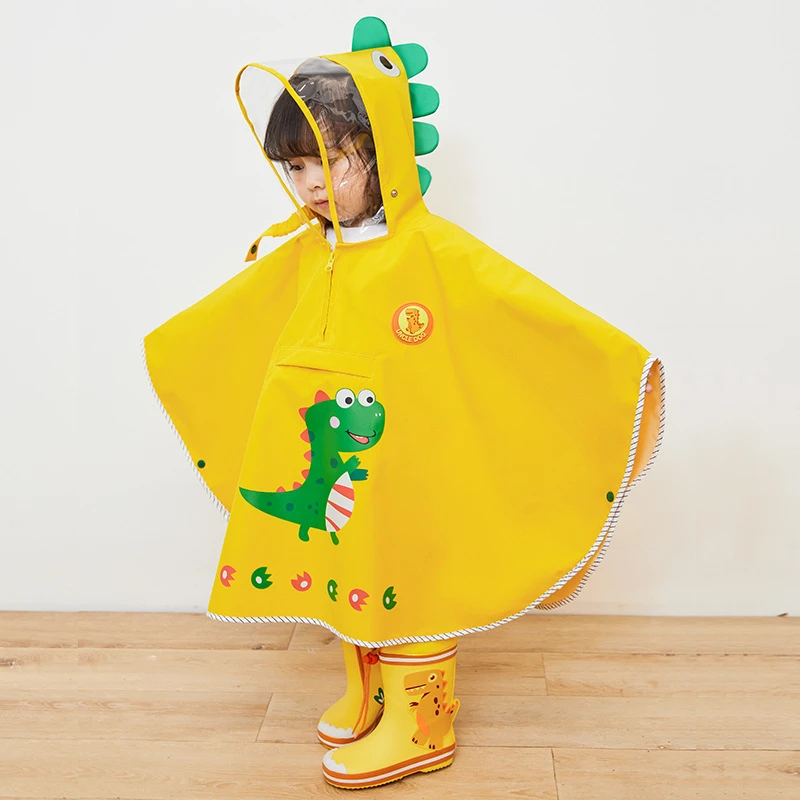 rainwears@163.com may@may-rain.com
rainwears@163.com may@may-rain.com Mon to Friday: 8.00 am - 7.00 pm
Mon to Friday: 8.00 am - 7.00 pm
raincoat windbreaker
Raincoat vs. Windbreaker Which Should You Choose?
When it comes to navigating wet and windy weather, the right clothing can make all the difference. Among the most popular choices are raincoats and windbreakers. Both serve to protect against the elements, but they do so in different ways. Understanding the features, benefits, and ideal use cases for each can help you make an informed decision when selecting your next piece of outerwear.
Understanding Raincoats
Raincoats, as the name suggests, are specifically designed to keep you dry in wet conditions. Typically made from waterproof materials such as Gore-Tex, nylon, or other synthetic fibers, raincoats often feature sealed seams to prevent water from seeping in. Many come with a hood for added protection against rain and wind, and they may also have adjustable cuffs and waistbands to ensure a snug fit.
Raincoats provide excellent coverage against downpours and are usually longer in length, extending to the thighs or knees. This design enhances their ability to shield your clothing from getting wet. Some raincoats are also lined with breathable materials to ensure comfort, making them suitable for not only light showers but also heavy rain.
*Ideal Use Cases for Raincoats* 1. Hiking in rainy conditions. 2. Urban commuting during a downpour. 3. Outdoor activities where staying dry is essential.
Exploring Windbreakers
On the other hand, windbreakers are lightweight jackets designed primarily to block wind. They are often made from water-resistant materials but are not always fully waterproof. Windbreakers usually incorporate features like elastic cuffs and hems to help keep the wind out, and many include ventilated sections to promote airflow and comfort.
raincoat windbreaker

While they do offer some level of protection against light rain or drizzle, windbreakers excel in windy conditions. Their lightweight design makes them easy to carry around and perfect for layering over other clothing. Many windbreakers come with packs that allow them to be folded into a compact size, making them highly portable for outdoor enthusiasts.
*Ideal Use Cases for Windbreakers* 1. Running or cycling on windy days. 2. Casual wear in unpredictable weather. 3. Layering during transitional seasons like spring and fall.
Choosing the Right Option
The choice between a raincoat and a windbreaker largely depends on the weather conditions you expect to encounter. If you live in an area known for heavy rain or find yourself caught in frequent downpours, a reliable raincoat is your best bet. On the other hand, if you’re dealing with breezy conditions where light rain is possible but not guaranteed, a windbreaker may be the perfect solution.
For those who love outdoor activities, having both a raincoat and a windbreaker in your wardrobe can be beneficial. You’ll be prepared for varying weather conditions and can choose the right outerwear depending on the day’s forecast.
Conclusion
Ultimately, both raincoats and windbreakers serve essential roles in protecting you from the elements. Evaluating your lifestyle, weather patterns, and specific needs will guide you in selecting the most suitable garment. Whether you opt for the steadfast reliability of a raincoat or the flexible convenience of a windbreaker, investing in quality outerwear will keep you comfortable and confident in unpredictable weather. So, before heading out, make sure you’re dressed for the elements, and you’ll enjoy your time outdoors, rain or shine.
-
Silver Printed Women’s Jacket – Stylish, Lightweight & Trendy Outerwear
NewsJul.30,2025
-
Fashionable Design Long Raincoat Rain Poncho Waterproof Polyester
NewsJul.30,2025
-
High Lighting Reflective Rain Jacket Windbreaker Safety Jacket for Adult
NewsJul.29,2025
-
Disposable PE Rain Poncho - Lightweight, Waterproof, Easy to Carry
NewsJul.29,2025
-
Stylish Lady Coat Women Jacket – Trendy & Elegant Outerwear
NewsJul.29,2025
-
Full Printing 100% Waterproof Wearable Striped Polyester Fashion Windproof Raincoat
NewsJul.29,2025































